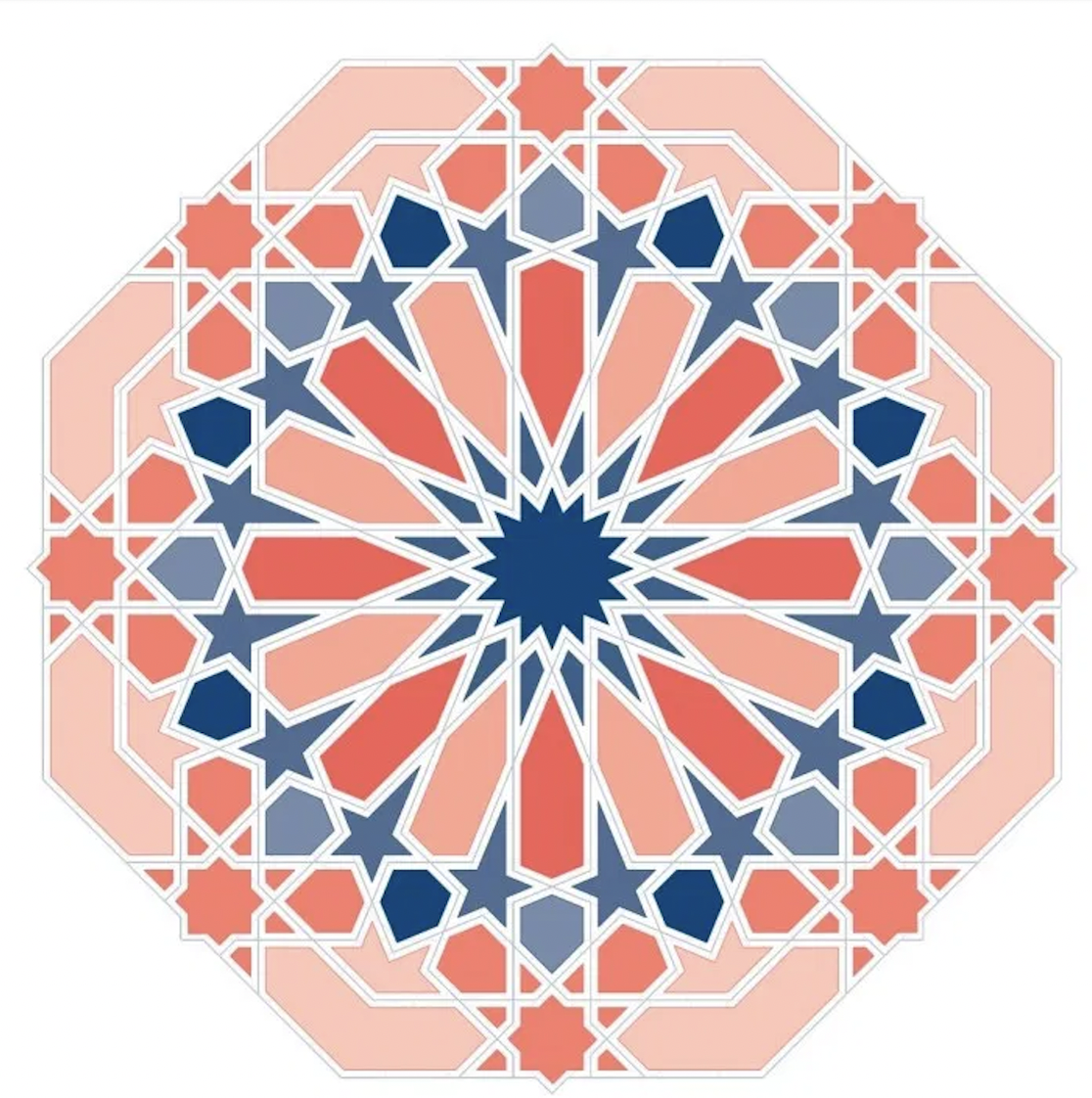Book Review: The Ministry of Utmost Unhappiness
‘The Ministry of Utmost Unhappiness’ is the second novel I’ve read by Arundathi Roy. The first was ‘God of Small Things’ which is a classic.
The story is set in Delhi with the backdrop of increasing Hindu extremism, and Roy’s own views are echoed a lot in the writing. Her activism on this issue is well documented.
This book has two stories that are interwoven together towards the end.
The first is the story of Anjum, born Aftab, and who has both male and female body parts. His parents take him to various doctors and try their hardest to get the ‘female’ out of him. Their efforts are futile. Aftab is miserable having to live as a male. He comes across a group of ‘hijras’, or ‘transwomen’ and loves their freedom to be themselves. He runs away to live with them in their communal home called the Khwabgah, and lives his life as a female.
Anjum goes on a trip to a shrine in Gujarat and witnesses a Muslim massacre, and is in grave danger herself. After that, she suffers a mental breakdown and goes to live in a graveyard.
The second story is about a young lady called Tilo who becomes the object of affection of three men who are all friends. Tilo is non-conventional and dark skinned which is seen as negative in Indian society. Through Tilo’s character, Roy is able to express her views on caste and class. Tilo’s real love is Musa, a Kashmiri freedom fighter who is on the run from the Indian government.
From Kashmir, Tilo finds herself in Jannat Guest House (a hostel that Anjum has built on the grounds of the graveyard) - and the two stories come together, but not seamlessly.
The book details a lot of key issues in Indian society including Hindu extremism, caste and classism and the Kashmir conflict.
It’s quite a heavy read in parts, but with elements of humour. One of the character’s calls himself Saddam Hussein, as he admires the way Saddam was brave in the face of death.
It ends with the gathering of an eclectic group of misfits. They are multicultural and multi-religious, and have enormous tales of suffering between them, but they are able to love each other and live in peace. Maybe Roy’s vision for India?



